Date: 22 May 2020
Respirator vs ventilator: what's the difference?
The coronavirus epidemic changed the world for everyone. Many of us first heard of the coronavirus in the early days of the new 2020. Even fewer of us had ever heard that the coronaviruses have existed since the mid-1960s and they kill tens of thousands very year, just like the flu epidemics.
However, the new coronavirus is something completely unprecedented. A virus that is capable of causing acute respiratory distress syndrome (ARDS) and that in severe cases leads to death, and for which there is still no proven vaccine. According to the latest data, about 29% of COVID-19 patients in Wuhan have developed acute respiratory distress syndrome (ARDS) in mid-December. This syndrome causes inflammation of the lungs, the recovery from which can take up to 15 years, shows a Washington-led study.
COVID-19 has become the scourge of 2020, and now poses unprecedented challenges not only to health wokers leading the battle with the virus, but also to global economies and ordinary people, waking up every morning with breaking news and number of death cases.
In the context of a global pandemic and states of emergency across the globe, many of us have heard terms medical "respirator" and "ventilator" for the first time in our lives.
- Are respirators and ventilators one and the same?
- Can they be used interchangeably?
- Are they both face masks?
- Or are they both vantilating machines?
Medical terminology can be confusing for many of us, but the correct use of these two terms is important, especially in times of crisis. So, todoay we will fully unravel the topic of respirators vs ventialtors - two life-saving devices with tremendous application during the COVID-19 pandemic.
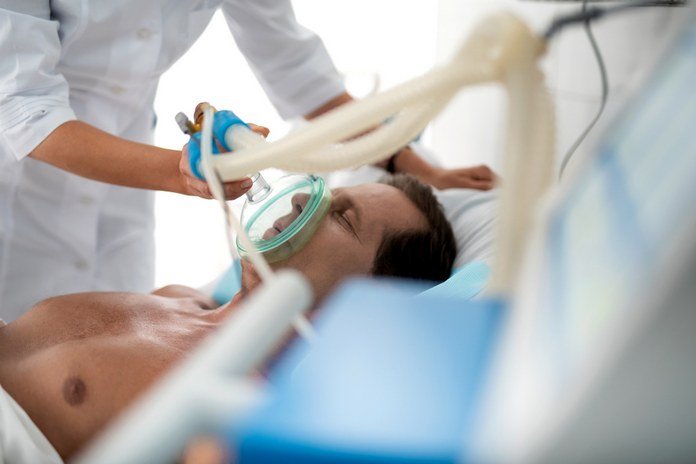
What is a ventilator?
The ventilator as a medical device was first used around 1735-45. The word origin of the term stems from the Latin ventilāre "ventilate" - (transitive) to ventilate, air.
In medicine, the term 'ventilator' is used for a machine that helps a patient to breathe. This type of device pumps oxygen into the lungs and removes carbon dioxide through a tube. The process of placing this tube in the patient's respiratory system (and in particular the trachea) is called intubation.
Ventilators are also referred to as breathing machines or respirators, although the latter refers to something else entirely (see below). A ventilator is attached to a computer through dedicated knobs and tubes. This type of medical equipment is operated by a trained hospital staff such as a respiratory therapist, nurse, or doctor.
Example of ventilator for non-invasive and invasive ventilation

People who need ventilators for long periods may stay in long-term care facilities. Some people with a tracheostomy may be able to be at home. The duration of the use is determined entirely on the patient and their condition.
Patients on a ventilator are watched carefully for lung infections. When connected to a ventilator, a person has a hard time coughing out mucus. If mucus collects, the lungs do not get enough oxygen. The mucus can also lead to pneumonia. To get rid of the mucus, a procedure called suctioning is needed. This is done by inserting a small thin tube into the person's mouth or neck opening to vacuum out the mucus.
When the ventilator is used for more than a few days, the person may receive nutrition through tubes into either a vein or their stomach.
Because the person cannot speak, special efforts need to be made to monitor them and provide them with other ways to communicate.
How is a ventilator used?
When in use, a ventilator is connected to the patient through breathing tubes placed in the patient's mouth. The other way to connect a ventilator to a patient is through the neck into the trachea -- a procedure known as tracheostomy.
After properly connected to a patient, a ventilator starts supplying the required oxygen on a breath-by-breath basis, producing alarm sounds and other noises upon detection of a need to adjust or fix a given issue.
To receive ventilation with a ventilator, the patient has wires and tubes connected to them, so they are not able to talk, but can remain consious, move their eyes, move and communicate through gestures.

Which patients need ventilator treatment?
Most often patients that require full-blown ventilation are the ones who cannot breathe on their own. Physician led EMS may put a patient under ventilator treatment of they are not receiving enough oxygen on their own or need to remove carbon dioxide from the blood flow.
Аfter surgery, a person may need a ventilator to breathe normally during their recovery.
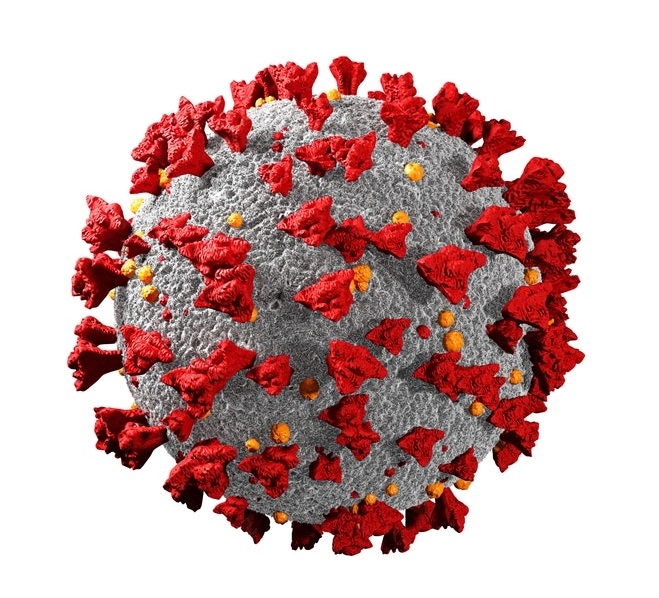
Ventilator use for COVID-19 patients
COVID-19 is a respiratory disease that can cause acute pneumonia, developing in the lungs and, in the severe cases, requiring the patient to be intubated in order to save his life. For this reason, invasive ventilation machines (breathing machines) are used to mechanically pump oxyen into the airways of patients with COVID-19, some of whom develop sever pneumonia requiring aided breathing.
In such cases, a ventilator can be set to take a certain number of breaths for the patient or start supplying air when the patient needs it. For example, if the machine detects a breathing pause it will automatically blow air into the patient's lungs.
Example of a high grade medical ventilator
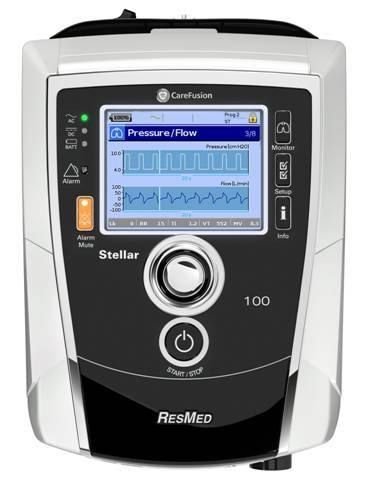
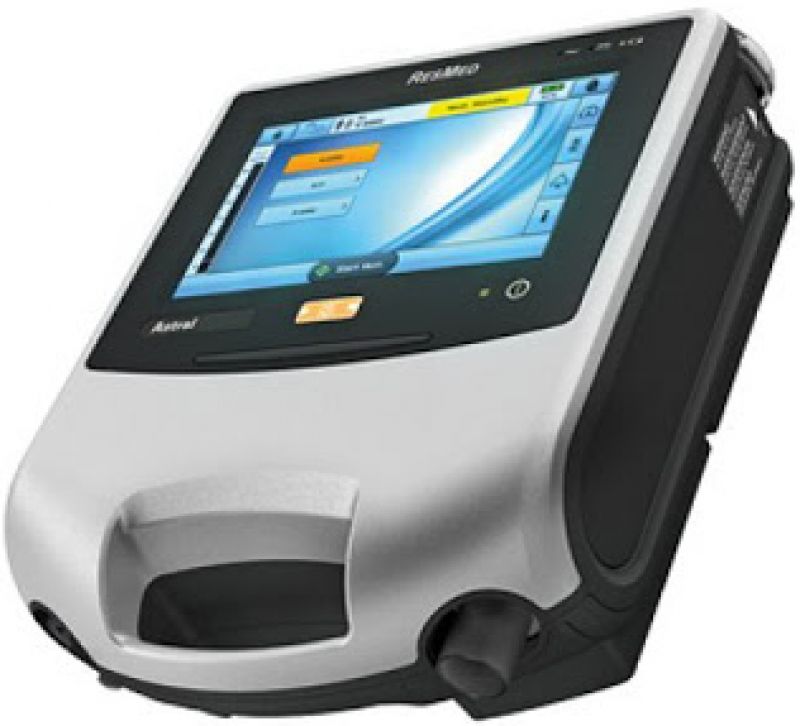
VENTILATORS
What is a respirator?
In short, a respirator is a mask-like device made up of several layers that is worn over the mouth or over the nose and mouth in order to prevent the inhalation of harmful substances or pathogenic aerosols. For example, healthcare professionals wear respirators when caring for patients with COVID-19. In the absence of respirator masks, the most common substitute is surgical masks.
Respirators N95 / KN95
The N95 / KN95 masks are classified as a highly reliable means of protecting the upper respiratory tract against exposure to airborne viruses as well as harmful gases. KN95 models became one of the main handy means of protection against COVID-19 at the beginning of the epidemic in Wuhan, China. Respirators are specially designed to fit snugly on the face in order to filter the maximum number of particles.
Examples of medical respirator masks (type FFP2)
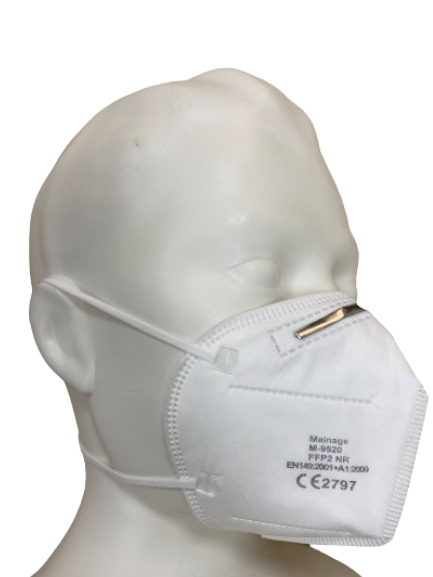


So how to use the terms respirator and ventilator?
Ventilators are sometimes called respirators as the two terms both refer to something related to artificial respiration. However, it is important not to confuse the two terms, as well as to take into account the major technical differences between the two.
In medical use, a ventilator is a specialized medical device used to create artificial breathing. In technical use, a ventilator may also refer to a fan that creates air circulation. A respirator is a specilized protective mask used to 'shield' the wearer from airborne viruses and other fine particulates in the surrounding air.
- N95 respirators are used by the general public;
- The most commonly used respirator masks are N95 / KN95 because they provide a high degree of protection, are inexpensive, and are still available;
- General precautions must be observed, even when using a N95 mask with a high degree of protection;
- Respirators can be used both in hospitals and in industrial sites as well as by the general public.
Conclusion: what is the difference between ventilator and respirator?
Use the term "ventilator" when referring to a machine that provides breathing for a pateint who is unable to do so on their own. Use the term "respirator" when referring to a masklike device worn over the mouth, or nose and mouth to prevent the inhalation of aerial borne droplets, dust and viruses.




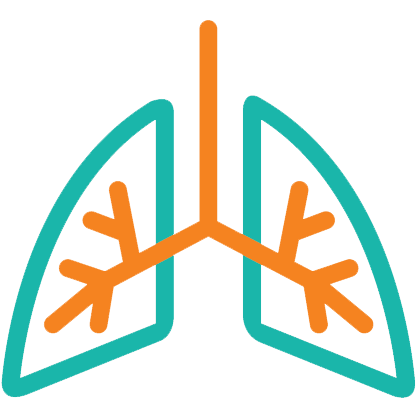


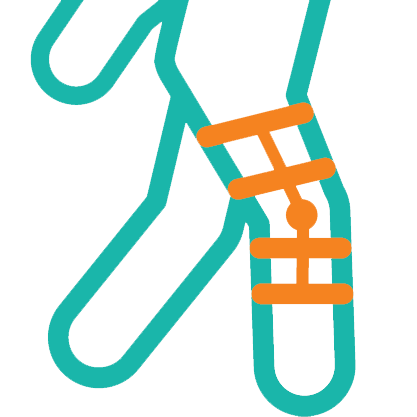





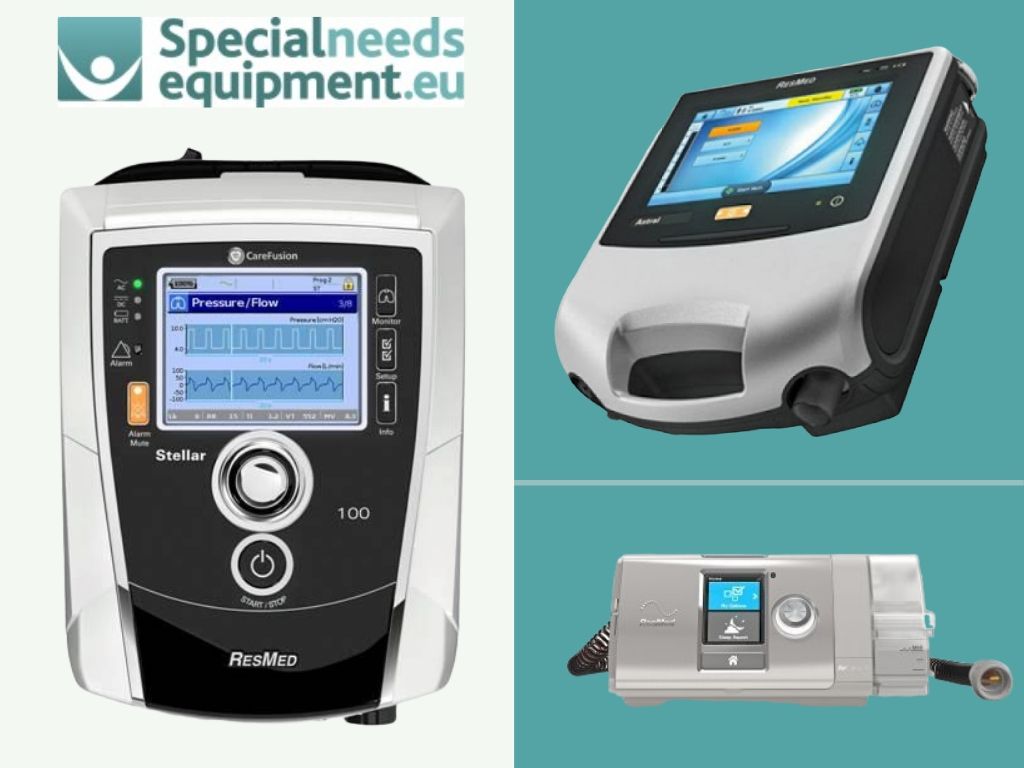
Post comment